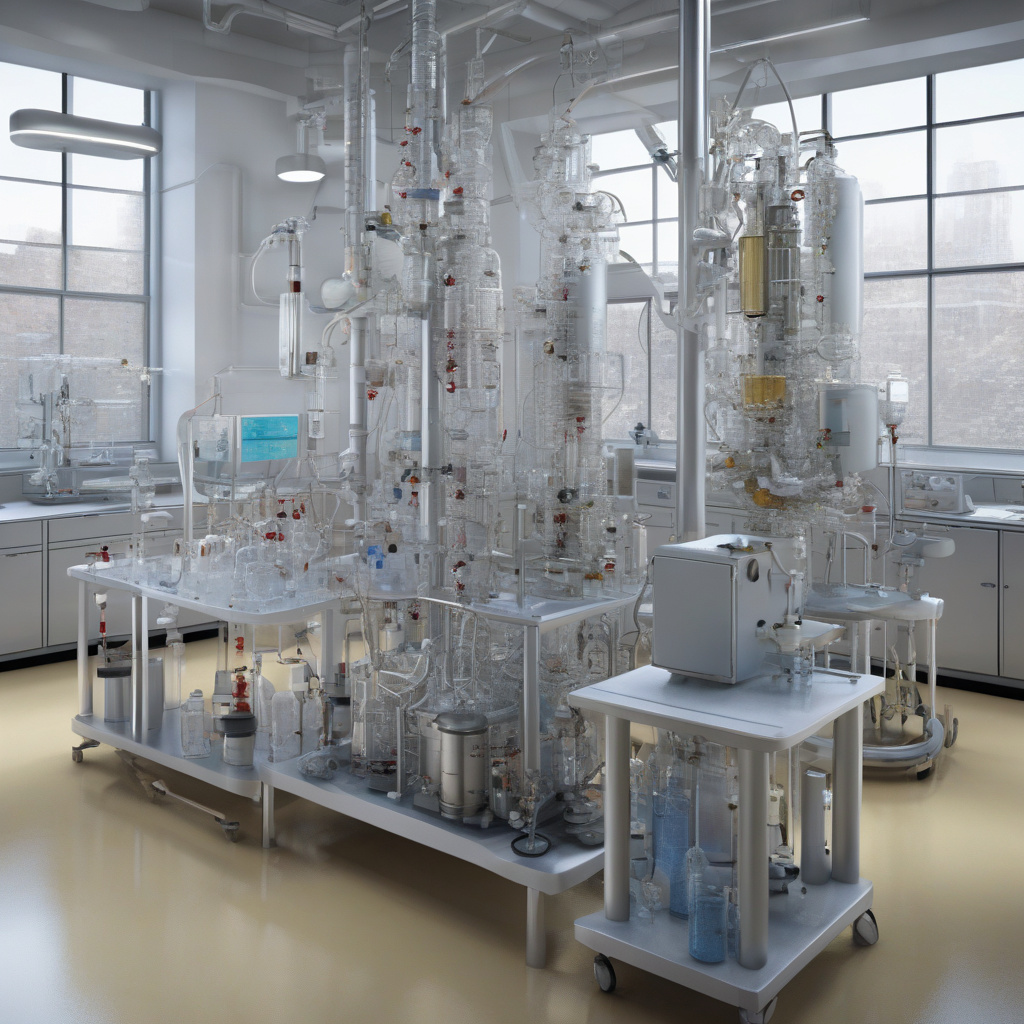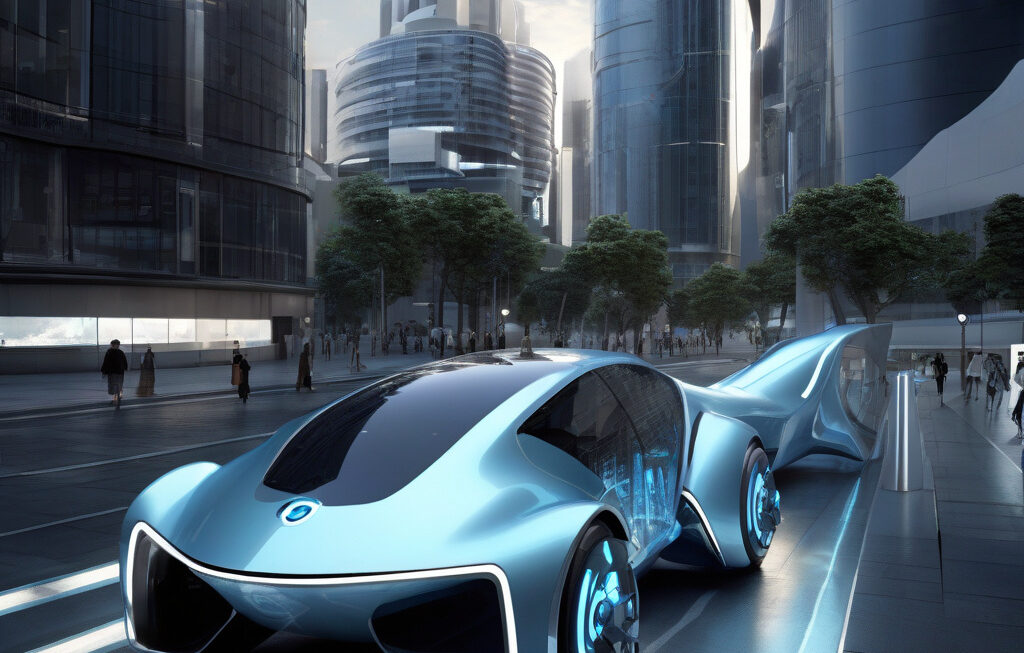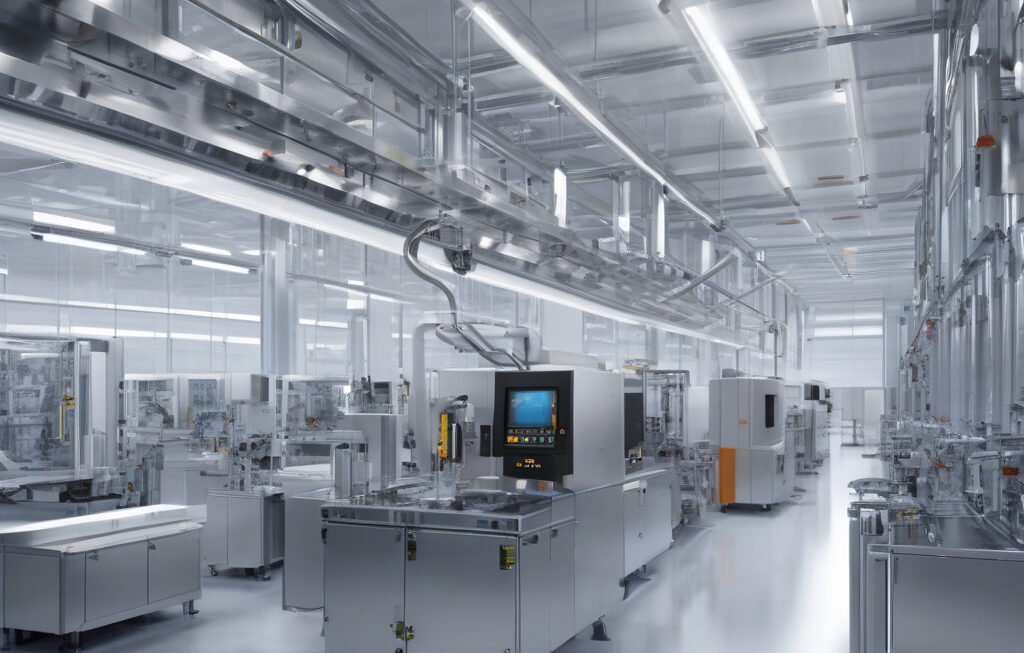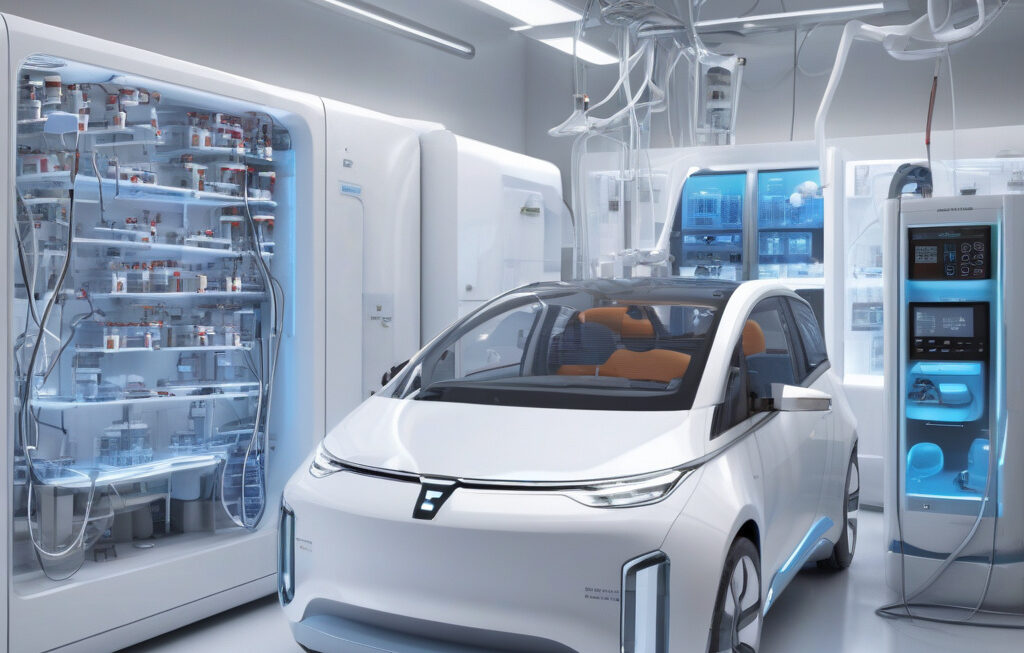MIT Breakthrough: 90% Cleaner Hydrogen Fuel Made from Seawater and Scrap Aluminum
Scientists in the US have used only seawater and recycled aluminum from soda cans to achieve a groundbreaking advancement in the field of clean energy. Researchers at the Massachusetts Institute of Technology (MIT) have successfully developed a method to produce hydrogen fuel that is 90% cleaner than traditional methods, marking a significant milestone in sustainable energy production.
Hydrogen fuel has long been hailed as a promising alternative to fossil fuels due to its high energy density and minimal environmental impact. However, the conventional methods of producing hydrogen, such as steam methane reforming, often rely on natural gas and result in the release of greenhouse gases. The new approach pioneered by MIT not only eliminates the need for fossil fuels but also utilizes seawater, which is abundant and easily accessible.
The process begins by submerging a piece of recycled aluminum alloy into a vat of seawater. When an electric current is applied to the aluminum, it undergoes a spontaneous reaction that releases hydrogen gas. This hydrogen can then be collected and used as a clean fuel source for a variety of applications, including powering vehicles and generating electricity.
One of the key advantages of this method is its sustainability. Aluminum is one of the most recycled materials in the world, with nearly 75% of all aluminum ever produced still in use today. By repurposing scrap aluminum for hydrogen production, the MIT researchers have created a closed-loop system that minimizes waste and reduces the reliance on virgin materials.
In addition to its environmental benefits, the new process is also highly efficient. The researchers estimate that it has an energy efficiency of around 75%, significantly higher than other hydrogen production methods. This means that more of the input energy is converted into usable hydrogen fuel, making the process both cleaner and more cost-effective.
The implications of this breakthrough are far-reaching. With the global push towards decarbonization and renewable energy, clean hydrogen is increasingly seen as a crucial component of the transition to a sustainable future. By developing a method to produce hydrogen fuel that is not only cleaner but also more efficient and affordable, MIT has positioned itself at the forefront of the clean energy revolution.
Looking ahead, the researchers are optimistic about the commercial potential of their technology. They envision scaling up the process to industrial levels, potentially revolutionizing the way hydrogen fuel is produced and used around the world. If successful, this could have a significant impact on reducing greenhouse gas emissions and mitigating the effects of climate change.
In conclusion, the MIT breakthrough in producing 90% cleaner hydrogen fuel from seawater and scrap aluminum represents a major leap forward in the quest for sustainable energy solutions. By harnessing the power of recycled materials and abundant seawater, researchers have demonstrated that innovation and ingenuity can pave the way towards a greener future.
#MIT, #HydrogenFuel, #CleanEnergy, #Sustainability, #Innovation












